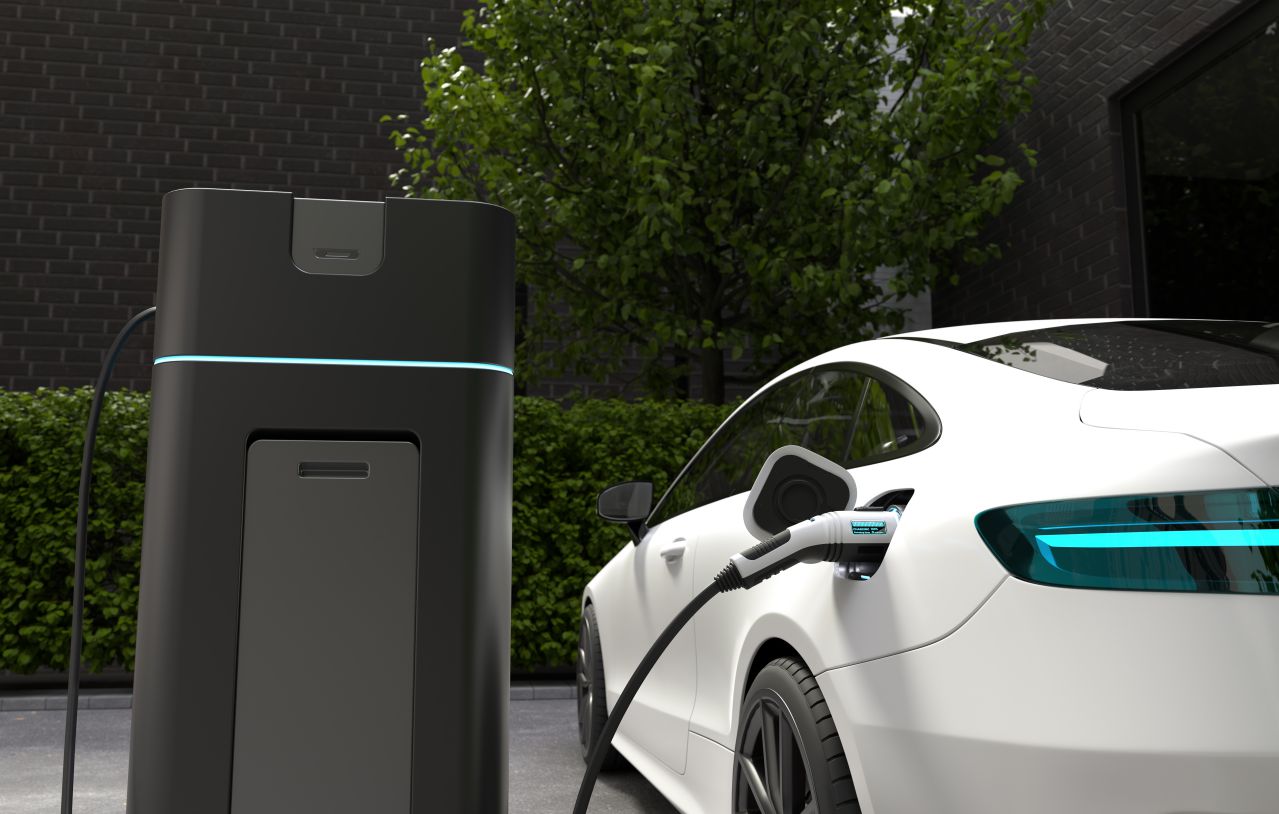Have you ever thought why the Formula-1 (F1) engine is not used in ordinary road-legal vehicles? Because the car would be very expensive, unreliable, and unqualified for a road-legal car. Meanwhile, ordinary road vehicles are intended to transport people/goods to their destination. It means that, the mass-produced road vehicles you find on city roads, are not only built with effectiveness and efficiency in mind, but also the affordability of the vehicle itself.
A. Characteristics of the F1 engine
Let’s assume you’re “capable” to fit an original F1 engine into any ordinary road vehicle (e.g sedan or SUV), supported by the largest car manufacturer in the world. With the details in the following, it is extremely challenging to sell your F1-engined road cars to “ordinary” people. The car would be very expensive, unreliable, and unqualified for a road-legal car.
Engine price
The F1 engine is built to obtain the highest power efficiency. That said, all of the engine parts, are built with such a high level of precision and high-quality materials. For example, the cylinder-piston gap clearance of the F1 engine is much tighter than the average cylinder-piston gap clearance in road cars. In addition, the 1.6-Litre V6 F1 engine (2022) must be able to operate normally at very high rotational speeds up to more than 15,000 RPM and withstand the 200 g-forces. And because of that, the price of an F1 engine is approximately $10 million [1].
Mercedes-AMG One with an engine specification close to an F1 engine, cost you around $2.4 million [2]. The price of this road-legal hypercar is only a quarter of the price of the original F1 engine. Thus, how high does a car with an original F1 engine cost?
Engine warm-up and starting procedures
Starting an F1 engine has to go through several stages of the procedure [3]. Because the cylinder-piston gap clearance is so tight, moving the pistons with cold oil can cause abrasion. Therefore, the F1 engine block needs to be heated to around 80°C, before starting the engine [4], [5]. In normal F1 events, this procedure may take at least 30 minutes using special tools. It would be impractical to use this procedure every time you want to start using your average city car [6].
Fuel consumption
It is good news that you can use your daily fuel with a minimum octane of 87 for an F1 engine [7]. However, since the F1 engine idles at least 5,000 RPM and is unstable below that [8], the fuel consumption of an F1 engine is very high.
Let’s do the simple calculation, assume that gasoline engines in an average city car idle at 700-800 RPM [9], and burn up to 0.6 gallons (~2.73 Liters) per hour per liter of displacement [10], [11]. Thus, the F1 engine 1.6L idles at 5000 RPM (over 7 times the average city car’s idle RPM), and may burn up to ~8 gallons (~36.37 Liters) of gas per hour without ever moving a kilometer.
Engine lifespan
F1 engines usually need to last for around 7 races [12]. The minimum distance of each race in Formula 1 is over ~305 kilometers (except Monaco Grand Prix), excluding practice and qualifying sessions. This means the engines usually need to last at least 2400 km (1491.3 miles), but are more likely to be twice as much.
Let’s assume your average city car uses an F1 engine. Since it will unlikely be used over 10,000 RPM, the lifespan might be much higher than that. However, compared to the average city car’s engine that lasts for around ~12 years or ~320000 km (~200,000 miles) [13], the F1 engines are doubtful to reach even half of that.
Emission
The biggest obstacle to using an F1 engine in average road-legal vehicles is the emission regulations. Since the F1 engine revs at 5,000-15,000 RPM, it definitely won’t pass the emission test for road-legal vehicles [8].
B. Road-legal cars using F1-derived engines
Since it is impractical to use an F1 engine, many adaptations should be implemented to be used in road-legal cars. However, many decent road-legal cars have been built, using engines close to the F1 engine specification in the corresponding year, as follows [14]:
- Mercedes-AMG One (2022)
- Porsche Carrera GT (2004)
- Ferrari F50 (1995)
- Yamaha OX99-11 (1992)
- Alfa Romeo Montreal (1970)
- Alfa Romeo 33 Stradale (1967)
- Mercedes 300 SLR (1954)

References
- [1]W. Jessner, “How much does a Formula 1 car cost – and where can I buy one?,” Red Bull: The Red Bulletin, Jul. 09, 2022. https://www.redbull.com/int-en/theredbulletin/what-does-a-formula-1-car-cost (accessed Sep. 12, 2022).
- [2]T. Levin, “Mercedes-Benz is building THE ONE – a $2.4 million supercar with tech from its Formula 1 race cars,” Business Insider, Jun. 11, 2022. https://www.businessinsider.com/mercedes-amg-one-supercar-price-horsepower-formula-1-2022-6 (accessed Sep. 12, 2022).
- [3]M. Fernie, “5 Reasons Why You Can’t Put An F1 Engine In A Road Car,” Car Throttle, Jan. 14, 2017. https://www.carthrottle.com/post/5-reasons-why-you-cant-put-an-f1-engine-in-a-road-car/ (accessed Sep. 12, 2022).
- [4]J. Partridge, “How Do You Start A Formula 1 Engine?,” F1 Chronicle, Sep. 22, 2020. https://f1chronicle.com/how-do-you-start-a-formula-1-engine/ (accessed Sep. 12, 2022).
- [5]Auto123.com, “F1 Technique: How to start a Formula 1 engine (Part 1),” Auto123.com: Car News, Jul. 10, 2013. https://www.auto123.com/en/news/f1-technique-how-to-start-a-formula-1-engine-part-1/35675/ (accessed Sep. 12, 2022).
- [6]C. Perkins, “Why Putting a Modern F1 Engine In a Road Car Is So Difficult,” Hearst Autos, Inc: Road & Track, Jul. 11, 2019. https://www.roadandtrack.com/new-cars/car-technology/a28366185/why-f1-engines-arent-in-road-cars/ (accessed Sep. 12, 2022).
- [7]J. Partridge, “Formula 1 Fuel: What Fuel Do F1 Cars Use?,” F1 Chronicle, Jul. 23, 2020. https://f1chronicle.com/what-fuel-do-formula-1-cars-use/ (accessed Sep. 12, 2022).
- [8]B. Silvestro, “Mercedes-AMG One Is Delayed Because Formula 1 Engines Aren’t Great on Emissions,” Hearst Autos, Inc: Road & Track, Oct. 15, 2018. https://www.roadandtrack.com/new-cars/future-cars/a23785672/mercedes-amg-project-one-delay-news/ (accessed Sep. 12, 2022).
- [9]S. Changaroth and J. Chua, “Cold starts: Why does the engine idle at high revs?,” Torque: Advice, Jun. 18, 2020. https://www.torque.com.sg/advice/cold-starts-why-does-the-engine-idle-at-high-revs/ (accessed Sep. 12, 2022).
- [10]Gouvernement du Québec, “Don’t let your engine idle,” Ecomobile. https://ecomobile.gouv.qc.ca/en/ecomobilite/tips/idling_engine.php (accessed Sep. 12, 2022).
- [11]J. Pritchard, “How Long Can You Stay Warm on a Tank of Gas?,” TRADER Corporation, Feb. 01, 2019. https://www.autotrader.ca/editorial/20190201/how-long-can-you-stay-warm-on-a-tank-of-gas/ (accessed Sep. 12, 2022).
- [12]J. Partridge, “How Long Do F1 Engines Last?,” F1 Chronicle, Jun. 17, 2020. https://f1chronicle.com/how-long-do-f1-engines-last/ (accessed Sep. 12, 2022).
- [13]Hearst Autos Research, “How Many Miles Does a Car Last?,” Hearst Autos, Inc: Car and Driver, Jun. 12, 2020. https://www.caranddriver.com/research/a32758625/how-many-miles-does-a-car-last/ (accessed Sep. 12, 2022).
- [14]D. Angelov, “10 Road-Legal Cars Powered By F1 Engines,” TopSpeed, Jun. 04, 2022. https://www.topspeed.com/cars/10-road-legal-cars-powered-by-f1-engines-ar196256.html (accessed Sep. 12, 2022).
The cover image is taken from formula1.com



